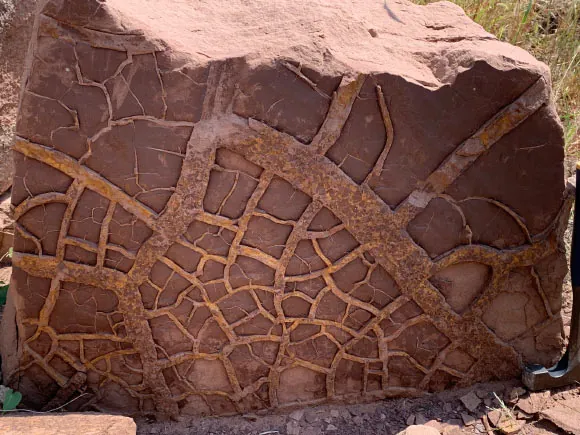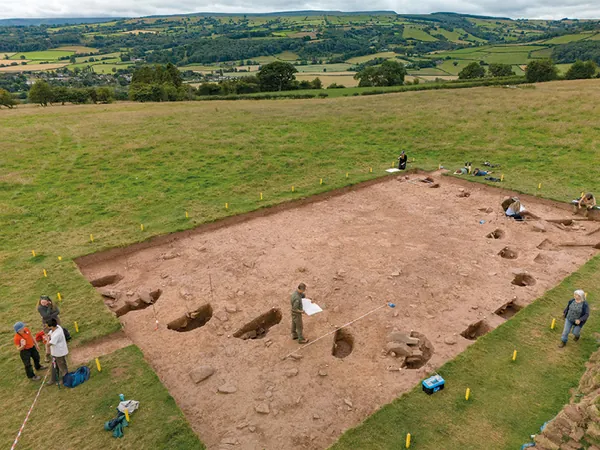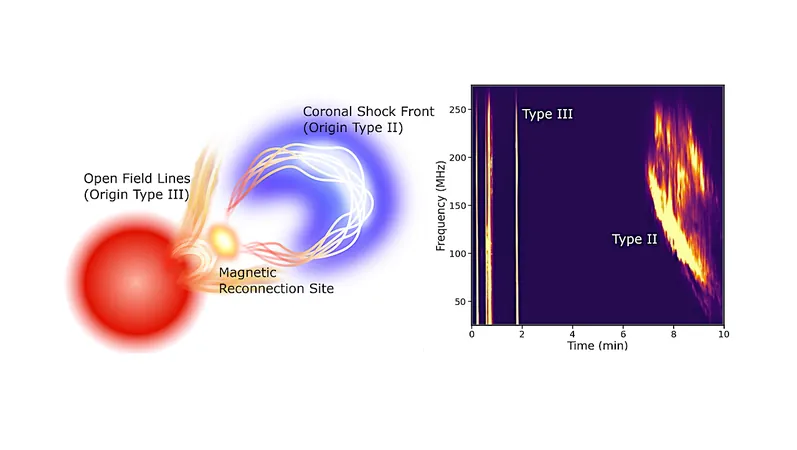
Shocking Discovery: Mega El Niño Events Linked to the End-Permian Mass Extinction!
2024-09-16
Groundbreaking New Study Unveils Dramatic Link
A groundbreaking new study has unveiled a dramatic link between extreme weather phenomena and the most catastrophic extinction event in Earth's history—the end-Permian mass extinction, which transpired over 252 million years ago. This event, regarded as the deadliest, wiped out over 90% of marine life and 75% of terrestrial species, leaving an indelible mark on the planet's biodiversity.
Volcanic Eruptions and Climate Chaos
For decades, scientists have pointed to massive volcanic eruptions in Siberia as the primary cause, which released vast amounts of carbon dioxide and triggered rapid global warming. However, the recent research suggests that the chaos of the era was exacerbated by exceptionally intense and prolonged Mega El Niño events, leading to a climate crisis unlike any before.
Expert Insights on Ecosystem Collapse
Dr. Alexander Farnsworth from the University of Bristol explained, "The collapse of ecosystems during the end-Permian event was not solely due to increasing temperatures. Our research indicates that wild fluctuations in climate patterns, driven by elevated greenhouse gas levels, made life unsustainable across the globe."
Adding pivotal context, his colleague, Professor Yadong Sun from China University of Geosciences, pointed out that terrestrial species, including hardy plants and insects, faced dire conditions. He stated, "Life on land was severely stressed, and an inability to adapt to rapid temperature increases made survival exceptionally challenging."
Fossil Evidence of Climatic Extremes
New findings revealed through the analysis of fossilized conodont teeth show a staggering decline in temperature gradients, indicating that conditions became unbearably hot worldwide. Essentially, "it got too hot everywhere," Dr. Farnsworth said, highlighting that ancient climates experienced more extreme El Niño activities than what we observe today.
Modern-Day Implications of Research
Remarkably, this research sheds light on the alarming climatic shifts of recent years, where modern-day El Niño events have been linked to unusual weather patterns, such as the extreme North American heatwave of June 2024, where temperatures soared by as much as 15 degrees Celsius above normal.
The Prolonged Climate Crisis
The study further notes that while contemporary El Niños have generally lasted one to two years, during the end-Permian crisis, these climate patterns dragged on for a decade. This prolonged weather volatility—characterized by long droughts followed by torrential floods—set a deadly stage for extinction, according to Professor Paul Wignall from the University of Leeds.
Vicious Cycle of Environmental Degradation
With wildfires becoming rampant in such arid conditions, Professor David Bond from the University of Hull added, "The planet was caught in a vicious cycle of burning landscapes and stagnant oceans, leaving few refuges for survival."
Unique Climate Feedback Mechanisms
Crucially, the research presents a stark contrast to other volcanic events throughout Earth's history that did not result in similar mass extinctions. The Mega El Niño conditions generated a feedback loop that intensified warming, particularly in the tropics, leading to widespread die-off of vital plant life—essential for carbon dioxide absorption and as the base of the food web.
This key insight explains why terrestrial extinctions preceded those in the oceans by tens of thousands of years. While oceans initially buffered some temperature increases, the land heated up at a pace that rendered many species unable to adapt quickly enough to survive.
Reflections on Extinction Event Aftermath
Reflecting on the aftermath of this mass extinction event, Dr. Farnsworth noted that although devastating, the Permo-Triassic extinction set the stage for the rise of dinosaurs, while the later end-Cretaceous extinction paved the way for mammals and ultimately humans.
Implications for Today's Climate Crisis
The findings, which pose significant implications for understanding climate change and biodiversity loss today, were published in the prestigious journal *Science*. The revelations urge us all to consider the historic lessons of environmental upheaval and the potential ramifications of our current climate trajectory.
Stay tuned as we continue to explore the mysteries of Earth's past and their urgent relevance to our climate future!




 Brasil (PT)
Brasil (PT)
 Canada (EN)
Canada (EN)
 Chile (ES)
Chile (ES)
 España (ES)
España (ES)
 France (FR)
France (FR)
 Hong Kong (EN)
Hong Kong (EN)
 Italia (IT)
Italia (IT)
 日本 (JA)
日本 (JA)
 Magyarország (HU)
Magyarország (HU)
 Norge (NO)
Norge (NO)
 Polska (PL)
Polska (PL)
 Schweiz (DE)
Schweiz (DE)
 Singapore (EN)
Singapore (EN)
 Sverige (SV)
Sverige (SV)
 Suomi (FI)
Suomi (FI)
 Türkiye (TR)
Türkiye (TR)